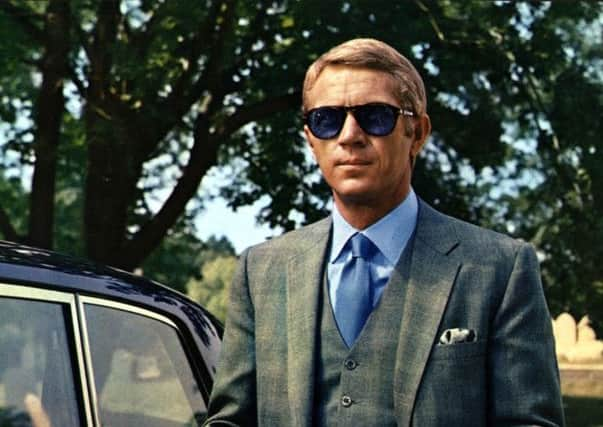Man: (n) hunter, gatherer, luxury goods consumer


But now a new poll has claimed men are spending far more on luxury goods than their female counterparts.
The British male last year spent an average of £1,390 on designer clothes and accessories. This was 61 per cent more than the female spend of £862, according to a YouGov poll.
Advertisement
Hide AdAdvertisement
Hide AdMen were also more likely to buy a much-wanted item such as a Mulberry satchel sooner than women. They waited an average of two and a half years to buy the product compared with females, who took longer to save and waited three years.
A third of men said they were happy to splash out on luxury goods such as Persol sunglasses – made popular by film star Steve McQueen, who wore a pair in The Thomas Crown Affair – and wallets from popular label Paul Smith, because they believed they were of higher quality.
Almost a quarter insisted that they regarded a designer purchase as an “investment piece”.
Leigh Sparks, professor of retail studies at Stirling University, said: “Are there more retailers around who are targeting males and also males who are looking after themselves? The answer is yes. I think you see that not just in the high end of designer fashion, but in the more mainstream brands too. Closer to home, if you look in Scottish retailers like Slaters, the range of products they have and the price points they have got them at, there is definitely more male attention towards looking good.”
He added: “I think generally, we have seen a good growth of markets like this for men in recent years. However, whether [they] would outspend women, I find it a bit harder to believe and it makes me wonder whether some of the spending men have done on luxury goods may be for their partners.”
The poll questioned consumers who largely had an income of under £30,000 a year, which the study said showed that designer goods were not solely the preserve of the rich.
Meanwhile, separate research released earlier this year from HSBC bank claimed the “future of retail” was in young, urban males with disposable income.
Gregor Jackson, partner at luxury retail consultancy gpstudio, which commissioned the research, said: “To cater towards these high-rolling customers that have been ignored for too long, high-end stores need to lose their bias towards the female end of the market, offering more products for men.”
Advertisement
Hide AdAdvertisement
Hide AdThe study showed that 30 per cent of men use brands’ online portals such as store websites or fashion blogs for inspiration about what to buy.
However, the average male shopper still felt the store was the most important source for products, with 37 per cent favouring the physical shopping environment for inspiration, and 49 per cent purchasing products in store.
Mr Jackson added: “We all assume that the internet is taking over from physical stores, but when it comes to luxury products, shoppers are still seeing the importance of the store environment over online shopping.”